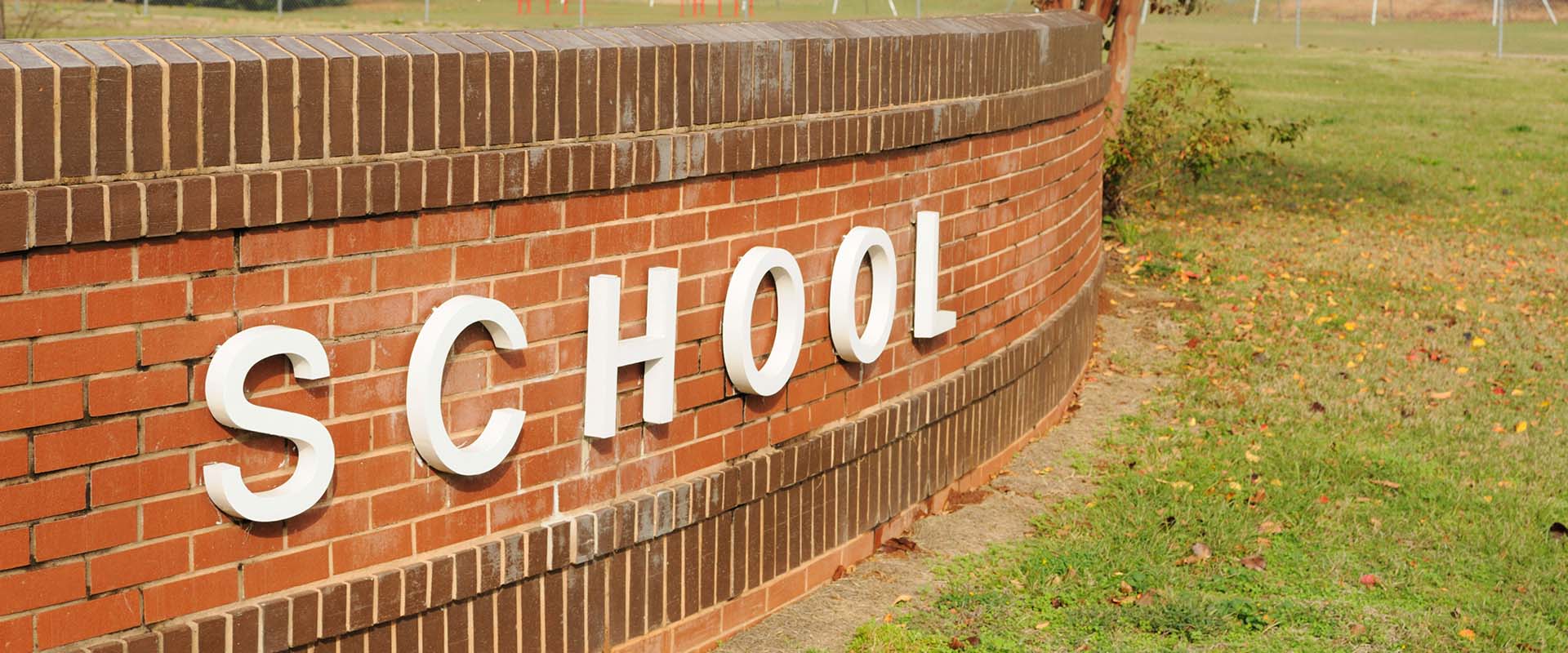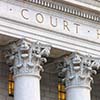Closely Watched Charter School Decision Becomes Binding Precedent

January 2017
Number 5
The Third District Court of Appeal’s decision in Anderson Union High School District v. Shasta Secondary Home School (2016) 4 Cal.App.5th 262 (Anderson) is now binding law in California. Following successful legal argument by Lozano Smith, the court, on October 17, 2016, confirmed that the geographic and site limitations of the Charter Schools Act (Act) are applicable to all charter schools, including “nonclassroom-based” programs. On January 18, 2017, the California Supreme Court denied the charter school’s petition for review and request for depublication of the appellate court’s opinion.
As Lozano Smith reported earlier (see 2016 Client News Brief No. 79), the Anderson Union High School District (AUHSD) sued the Shasta Secondary Home School (SSHS) to stop SSHS from improperly locating a facility within AUHSD’s boundaries. SSHS’s charter was authorized by a neighboring school district, and the school did not seek the consent of its authorizer or AUHSD before locating a “resource center” within AUHSD’s boundaries. The Court of Appeal, which evaluated the legislative history of the Act and the rules of statutory construction, determined that all charter schools, even non-classroom based programs that operate “resource centers,” must comply with the Act. The court concluded that charter schools are prohibited from operating facilities outside of the geographical boundaries of their authorizing school district, subject to limited exceptions. By emphasizing the importance of effective local oversight, this decision is a victory for charter school accountability.
This decision will have wide-ranging impacts on charter schools, school districts and county offices of education. While each situation is unique, the education community is already seeing attempts by charter schools to remedy the practice of operating facilities outside their authorizing district’s boundaries. Authorizers should be proactive and review where nonclassroom-based programs are operating in order to ensure compliance with the law. School districts in which out-of-district charters’ facilities are located may receive new charter petitions. Educational entities providing support services such as special education or back office services should consider the potential impacts of closure or relocation on these relationships. Since no two situations will be identical, we encourage school districts and county office of education impacted by this decision work closely with legal counsel to evaluate potential solutions.
Over the past several years, Lozano Smith’s Charter School Practice Group, now led by Edward Sklar and Ryan Tung, has regularly advised school districts on the exact issue resolved by the Court of Appeal. AUHSD was represented by Lozano Smith partners Megan Macy, Sloan Simmons and Anne Collins.
For more information on the Anderson opinion or the Charter Schools Act, please contact the authors of this Client News Brief or an attorney in Lozano Smith’s Charter School Practice Group, Litigation Practice Group or at one of our nine offices located statewide. You can also visit our website, follow us on Facebook or Twitter or download our Client News Brief App.
Number 5
The Third District Court of Appeal’s decision in Anderson Union High School District v. Shasta Secondary Home School (2016) 4 Cal.App.5th 262 (Anderson) is now binding law in California. Following successful legal argument by Lozano Smith, the court, on October 17, 2016, confirmed that the geographic and site limitations of the Charter Schools Act (Act) are applicable to all charter schools, including “nonclassroom-based” programs. On January 18, 2017, the California Supreme Court denied the charter school’s petition for review and request for depublication of the appellate court’s opinion.
As Lozano Smith reported earlier (see 2016 Client News Brief No. 79), the Anderson Union High School District (AUHSD) sued the Shasta Secondary Home School (SSHS) to stop SSHS from improperly locating a facility within AUHSD’s boundaries. SSHS’s charter was authorized by a neighboring school district, and the school did not seek the consent of its authorizer or AUHSD before locating a “resource center” within AUHSD’s boundaries. The Court of Appeal, which evaluated the legislative history of the Act and the rules of statutory construction, determined that all charter schools, even non-classroom based programs that operate “resource centers,” must comply with the Act. The court concluded that charter schools are prohibited from operating facilities outside of the geographical boundaries of their authorizing school district, subject to limited exceptions. By emphasizing the importance of effective local oversight, this decision is a victory for charter school accountability.
This decision will have wide-ranging impacts on charter schools, school districts and county offices of education. While each situation is unique, the education community is already seeing attempts by charter schools to remedy the practice of operating facilities outside their authorizing district’s boundaries. Authorizers should be proactive and review where nonclassroom-based programs are operating in order to ensure compliance with the law. School districts in which out-of-district charters’ facilities are located may receive new charter petitions. Educational entities providing support services such as special education or back office services should consider the potential impacts of closure or relocation on these relationships. Since no two situations will be identical, we encourage school districts and county office of education impacted by this decision work closely with legal counsel to evaluate potential solutions.
Over the past several years, Lozano Smith’s Charter School Practice Group, now led by Edward Sklar and Ryan Tung, has regularly advised school districts on the exact issue resolved by the Court of Appeal. AUHSD was represented by Lozano Smith partners Megan Macy, Sloan Simmons and Anne Collins.
For more information on the Anderson opinion or the Charter Schools Act, please contact the authors of this Client News Brief or an attorney in Lozano Smith’s Charter School Practice Group, Litigation Practice Group or at one of our nine offices located statewide. You can also visit our website, follow us on Facebook or Twitter or download our Client News Brief App.
As the information contained herein is necessarily general, its application to a particular set of facts and circumstances may vary. For this reason, this News Brief does not constitute legal advice. We recommend that you consult with your counsel prior to acting on the information contained herein.







